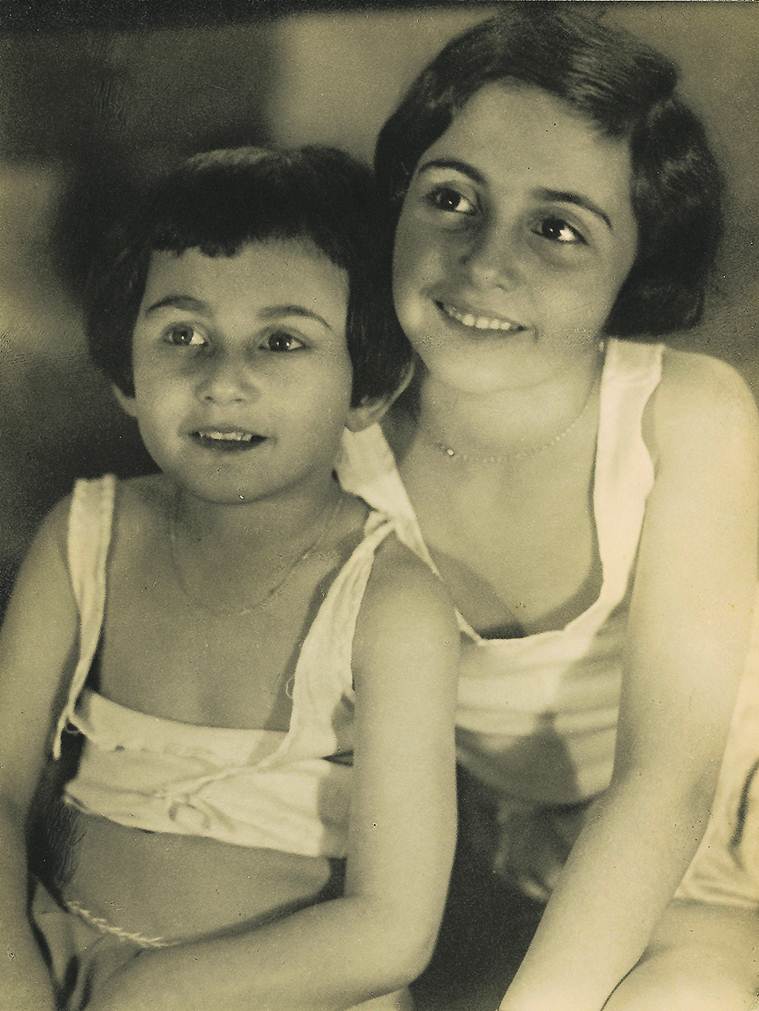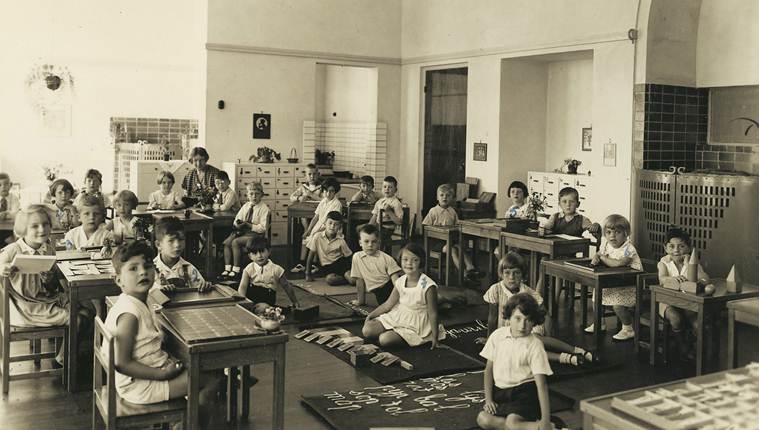
Right after the First World War ended with Germany’s defeat in 1918, the Treaty of Versailles was signed between the Allied Forces and Germany. Germany was held responsible for making reparations to the Allied nations for the losses incurred in the war. Due to these measures, millions lost their jobs, and many struggled with poverty, leaving the Germans extremely bitter.
It is against this backdrop that the NSDAP (National Socialist German Workers’ Party), a small extremist nationalist political party led by Adolf Hitler, emerged, blaming the Jews for Germany’s and the world’s problems. Photographs of Hitler and his party members being accorded a grand welcome at his party’s rally in Nuremberg in 1932; the election poster used by his party saying “Hitler: Our Last Hope”; and the employment office in Hanover where thousands of unemployed had lined up, surrounded by the words “Vote for Hitler” on the fence, are on display at India International Centre. These unveil the life of German-born Jewish diarist Anne Frank and the horrors of the Holocaust as part of the exhibition “Anne Frank: A History for Today”.

The 32 panels on display are riddled with quotes, including those of Anne’s father Otto Frank recalling how “a group of stormtroopers (Brownshirts)” came marching by singing: “When Jewish blood splatters off the knife”. After Hitler became the Chancellor of Germany in 1933 and the Parliament allowed him to rule without democratic consent, Otto moved to Amsterdam where he started a business selling Opekta, a gelling agent for jam. Soon anti-Jew laws were introduced in the Netherlands. It is here that the ever-smiling Anne is photographed with her classmates in 1935; holding a doll when posing with her friends in 1936; and attending a summer camp in Laren in 1937.
The horrors of “race laws” emerge in 1935 too, as Hitler considered the German “Aryan race” superior to the rest, and the Nazis viewed Jews as inferior and threatening, living under the delusion that they were involved in a conspiracy to destroy the Aryan race. A frame shows the killing of disabled people, nearly 80,000 of them, to prevent the “weakening of the race”, one of the many orders that Hitler had passed.

The exhibition has travelled to 14 Indian cities in the last five years, including Mumbai, Chennai, Pondicherry and Kolkata. Megha Malhotra, Director of The Seagull Foundation for the Arts, which through its initiative PeaceWorks, has brought the exhibition to India along with the Anne Frank House, Amsterdam, and Embassy of the Netherlands, says, “The idea is to engage young people in critically thinking about the Holocaust and its relevance today, and train them to be human-rights defenders by connecting to the present day environment. We are also trying to imbibe concepts of mutual respect, democracy, tolerance and human rights.”
The only surviving photograph, where Anne can be seen skating in Amsterdam’s Vondelpark in the winter of 1941, is also on view. The German invasion of Netherlands in 1940 is apparent from the accompanying text. It explains how non-Jews couldn’t dare to associate with the Jews, in Germany and other occupied territories. Jews were forced to wear a yellow star to single them out, and signs with the message ‘Jews Not Allowed’ appeared on the streets. There is a group photograph of Jewish children above six years of age, who were forced to wear yellow stars from May 1942, in Netherlands.

Malhotra has also held workshops with teachers and students of several schools on the relevance of Anne Frank’s text, including holding a teacher-training workshop at the Delhi Public School, Nashik, in 2017. While one teacher remarked how the discrimination present during the Holocaust continues to exist even today, particularly in terms of caste, others planned to spread values of compassion and kindness through Anne’s story.
The exhibition is on at IIC, 40, Max Mueller Marg, Delhi, till April 29